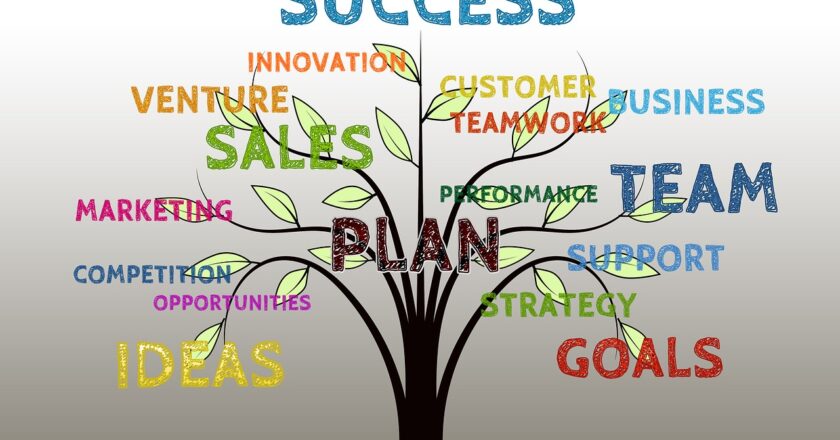Navigating Turbulent Waters: Leveraging Experience in Economic Flux and Geopolitical Shifts for Profitable Growth with Operating Integrity
Insights for Business Leaders on Thriving Amidst UncertaintyIn the ever-changing world of business, leaders are faced with the challenge of steering their ships through the unpredictable waters of fluctuating economic trends and geopolitical shifts. Successfully navigating these challenges requires a blend of experience, strategic vision, and an unwavering commitment to profit, revenue growth, and operating integrity. In this blog post, we explore how businesses can leverage their experience to thrive in the face of uncertainty while upholding core values.The Economic Landscape - A Roller Coaster RideUnderstanding Economic Trends Staying ahead in business demands a keen understanding of economic cycles. Experience teaches us that economies are dynamic, and businesses must adapt strategies ...










